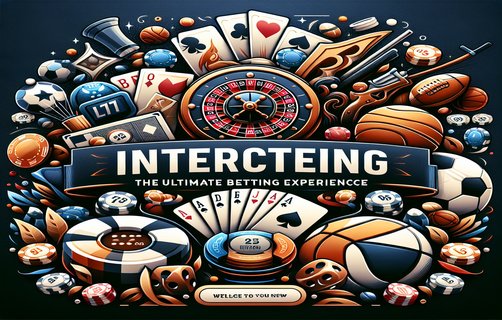In-Depth Analysis of Mobile Slot Game Mechanics: A Designer's Perspective
The world of mobile slot games is continually evolving, driven by innovation in design and technology. Conducting an in-depth analysis through the lens of a designer’s thinking allows us to explore essential features such as stacked wilds, multiplier jackpots, and the vital mechanics of odds and gameplay, including flop analysis, stealing blinds, and withdrawal speeds. This article will dissect these components in a detailed manner, providing insights into the intricacies that define mobile slot games today.
Stacked Wilds: One of the most engaging features in mobile slots is stacked wilds. These special symbols can cover multiple positions on the reels, significantly increasing the potential for winning combinations. Designers incorporate stacked wilds to create a dynamic gaming experience, allowing players to feel a sense of excitement as these wilds can trigger multiple wins in a single spin. From a designer’s perspective, balancing the frequency of stacks and the payout potential is key to maintaining player interest and maximizing engagement.
Multiplier Jackpots: The strategic inclusion of multiplier jackpots adds another layer of excitement. These jackpots can multiply the player's winnings by a specified amount, leading to potentially life-changing payouts. Designers must consider how often these multipliers trigger and the size of the jackpots, ensuring they align with player expectations and industry standards. Testing various multiplier mechanics during the design phase ensures that the jackpot function remains thrilling while keeping the overall game volatility within a desired range.
Virtual Greyhounds: An intriguing feature seen in some mobile slots is the simulation of virtual greyhounds, allowing players to engage with the game's theme on a deeper level. This element can act as a mini-game mechanic, where players can bet on races and receive payouts based on race outcomes. Designers need to analyze player interaction and the impact of mini-games on the main slot gameplay. Understanding player behavior in this context helps refine the overall user experience and can lead to higher average session times.
Understanding Odds: For players to make informed decisions, a solid grasp of odds is essential. In slot games, the return-to-player (RTP) percentage is crucial as it dictates the long-term average return. Designers must carefully calculate the odds across different game features while ensuring transparency to players. Easy-to-understand information about RTP builds trust and enhances player satisfaction, leading to increased loyalty.
Flop Analysis and Stealing Blinds: Both terms are traditionally associated with poker, yet understanding these concepts can enlighten the slot gaming experience. Just as players analyze flop cards to gauge their chances of winning, slot designers can study player behavior to identify patterns that influence game dynamics. "Stealing blinds," while relevant in poker, can also illuminate strategies for attracting players to new games or features, thus maximizing user acquisition and retention through innovative offerings.


Withdrawal Speed: Finally, the speed and efficiency of withdrawal processes are crucial for maintaining player trust. Designers must collaborate with payment providers to ensure that transactions are seamless and swift. Research shows a strong correlation between withdrawal speeds and player satisfaction; thus, prioritizing this factor in the design process can significantly impact a game's success and reputation among users.
In conclusion, the landscape of mobile slot games is intricate and multifaceted. By leveraging designer thinking to analyze features such as stacked wilds, multiplier jackpots, and player dynamics including odds and withdrawal processes, developers can craft engaging products that resonate with players. Understanding these variables not only enhances the gameplay experience but also fosters a dedicated player base in an increasingly competitive market.
